Mark of the Eneret, Bing and Gröndahl (B&G) manufacturer. Note an old restoration.
Period between approximately 1853 and 1885.
Dimensions: Diam. 14.5 cm, D 1.2 cm approximately
The artist: Bertel Thorvaldsen (1770-1844)
Bertel Thorvaldsen was a Danish sculptor, considered one of the greatest representatives of the neoclassical movement. Born in Copenhagen, he was the son of an Icelandic sculptor. He studied at the Royal Danish Academy of Fine Arts from 1781.
The artist spent much of his career in Rome, where he settled in 1797 and became famous for his works inspired by ancient art. He worked for prestigious patrons, including Ludwig I of Bavaria and the Vatican.
Thorvaldsen is also celebrated in his native country, where a museum bearing his name in Copenhagen preserves his works.
He created the pair of marble medallions "Day" and "Night" in 1815, both sculptures were hugely successful.
The manufactory: Eneret, Bing and Gröndahl
In 1833, Frederik Vilhelm Grondahl completed his apprenticeship at the prestigious Royal Copenhagen Manufactory, becoming a draftsman-sculptor a few years later. In 1852, he was contacted by brothers Jacob Herman Bing and Meyer Herman Bing, two art and stationery dealers from Copenhagen, who wanted to establish a private porcelain factory, the first in the country.
The Bing & Grondahl Porcelaensfabrik opened in 1853.
Initially, it produced mainly neoclassical bisque statuettes and reliefs, based on the sculptures of the Danish artist Bertel Thorvaldsen (1770-1844), which were sold in MH Bing's various galleries.
Around 1880, JH Bing's sons, Ludvig and Harald, took over the reins of the factory, as general manager and production manager respectively. In 1885, Harald Bing hired the painter and illustrator Pietro Krohn (1840-1905) as artistic director, thus putting Bing & Grondahl on the path to modernity.
This medallion is therefore from the first period of the factory (around 1853 to 1885), when it marketed reproductions of the works of Bertel Thorvaldsen.




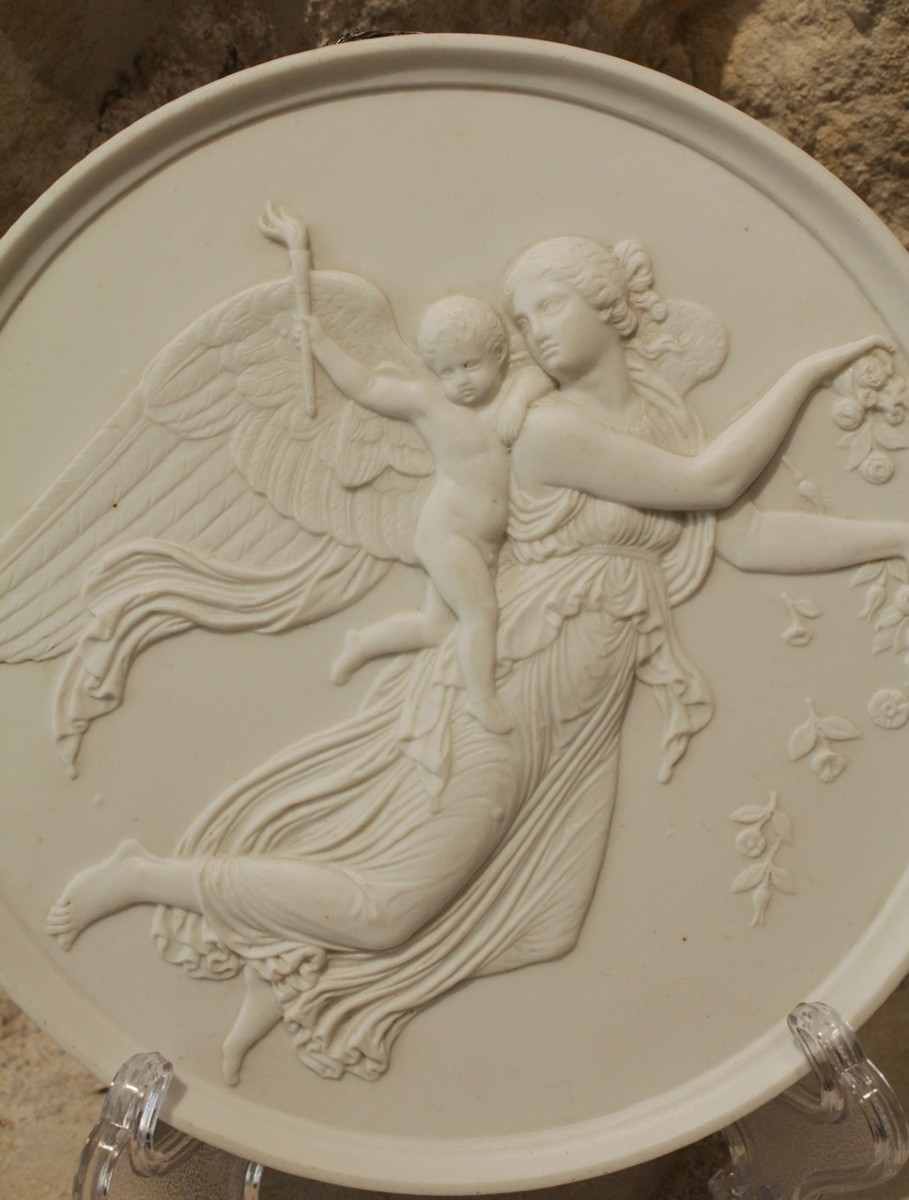




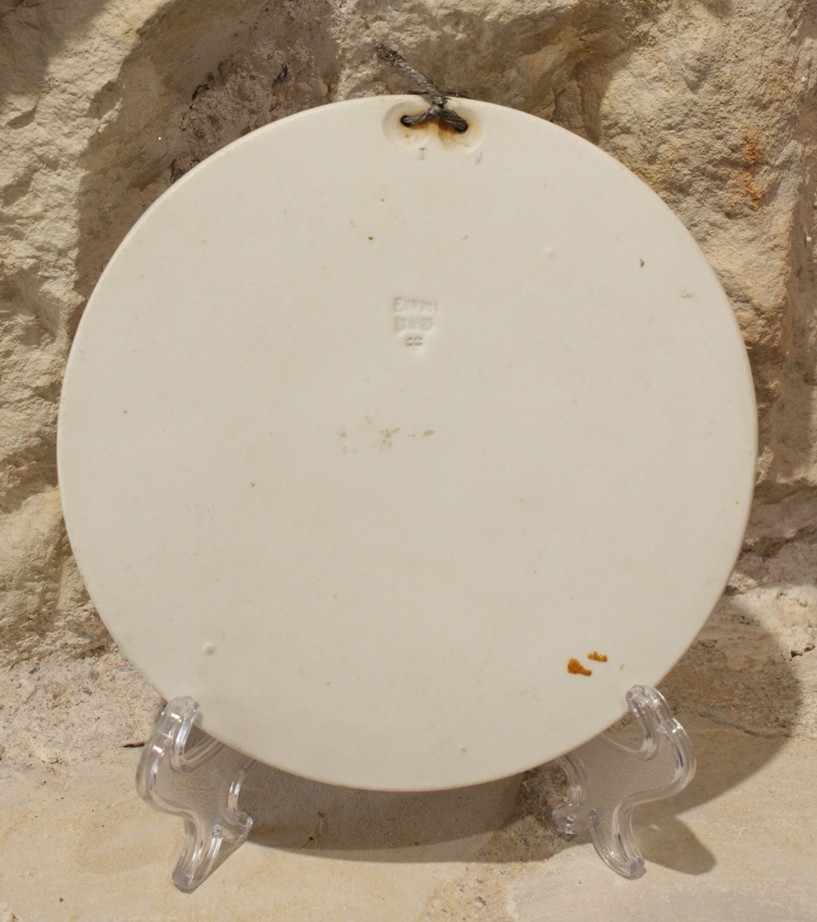











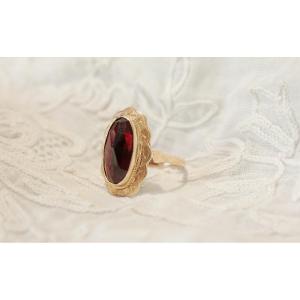
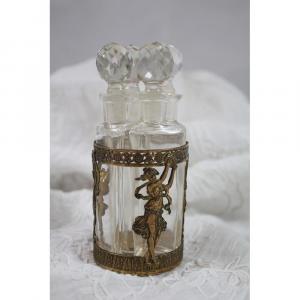
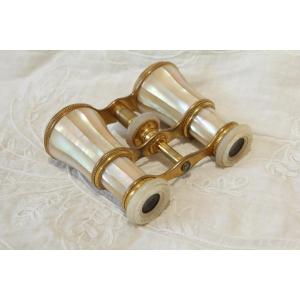






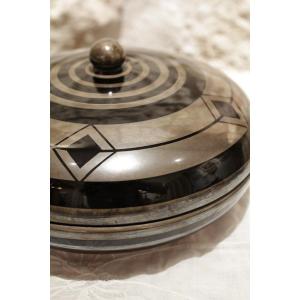



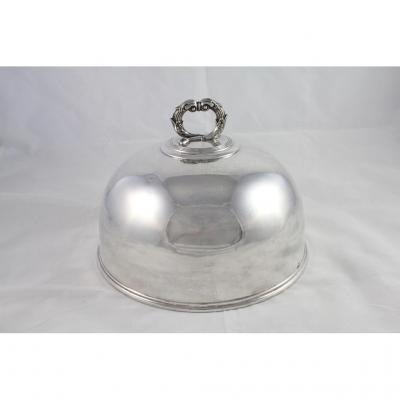

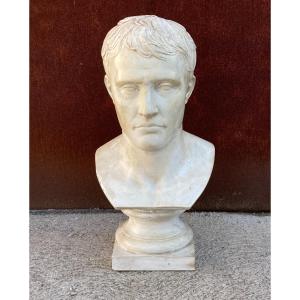







 Le Magazine de PROANTIC
Le Magazine de PROANTIC TRÉSORS Magazine
TRÉSORS Magazine Rivista Artiquariato
Rivista Artiquariato